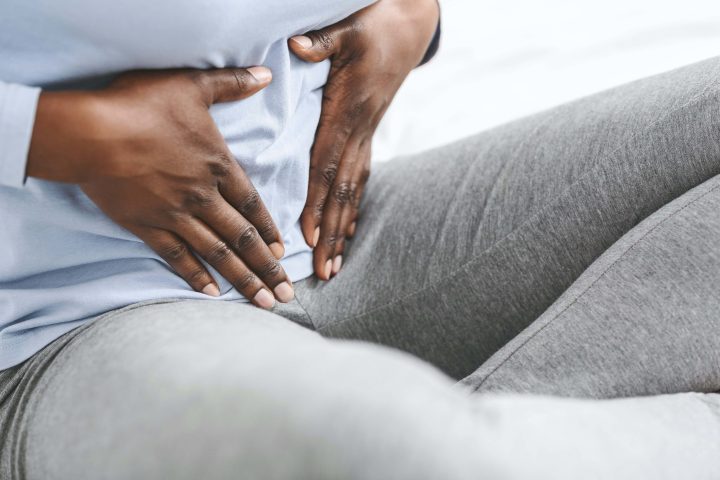
Style, individuality, and even personality – we use our hair to show off all of these things. Our hair can tell a story about who we are with each little cut and color, which is why experiencing hair loss at any stage in life can feel so shocking and upsetting. Learn about the whys and hows of postpartum hair loss.
Whenever a body goes through a traumatic shock, hair can be one of the first casualties. Think of your body as a tree, and winter is coming. To protect itself, your body stops producing new hairs, and lets go of existing hair to preserve the nutrients needed for vital body functions. Some of the reasons the female body can go through hair loss are:
- Major life stressors (e.g., divorce, death, job loss)
- Physical trauma (e.g., an accident, major illness, surgery)
- Sudden or dramatic weight loss
- Hormone changes and therapy
- Medications
- Vitamin and nutrient deficiency
- and, you guessed it, childbirth
The cycle of hair growth comprises three phases – growth, transition, and rest. The increase in estrogen levels during pregnancy extends the growth stage, resulting in minimal shedding, which is why many women feel like their hair is fuller than ever when pregnant.
But those nutritional debt collectors come calling once estrogen levels begin to return to pre-pregnancy levels. About 3 months postpartum, many women experience what they would describe as excessive shedding of hair, or telogen effluvium. This is because all the hair that was in a resting phase during pregnancy is ready to make way new strands and the old begin coming out at one time resulting in surprising postpartum hair loss.
The good news is that it’s only temporary! You may see some thin spots around the scalp and ears, this can be even more frustrating if you didn’t have much hair to begin with, but your normal fullness should return 6-12 months postpartum. However, there are ways you can lessen the severity of hair loss during and after pregnancy:
- Use a shampoo and conditioner formulated for hair loss that contains biotin
- Avoid tight ponytails, braids, and other hairstyles that pull at the hair
- Reduce heat damage by using styling tools on a low heat setting and investing in a silicone and phthalate-free thermal protectant
- Talk to your doctor and have your thyroid and other hormone levels tested
- Maintain a nutrient-rich diet during pregnancy with a focus on whole-foods
Being a new mom can bring on many many surprises and challenges. Don’t let temporary hair loss catch you off guard. Face it. Embrace it. Rock a hat or a new, short ‘do for a little bit. Short hair is both trendy and convenient for new moms, and adding layers can make hair appear fuller. Don’t stress, either way, you’ve got this!








